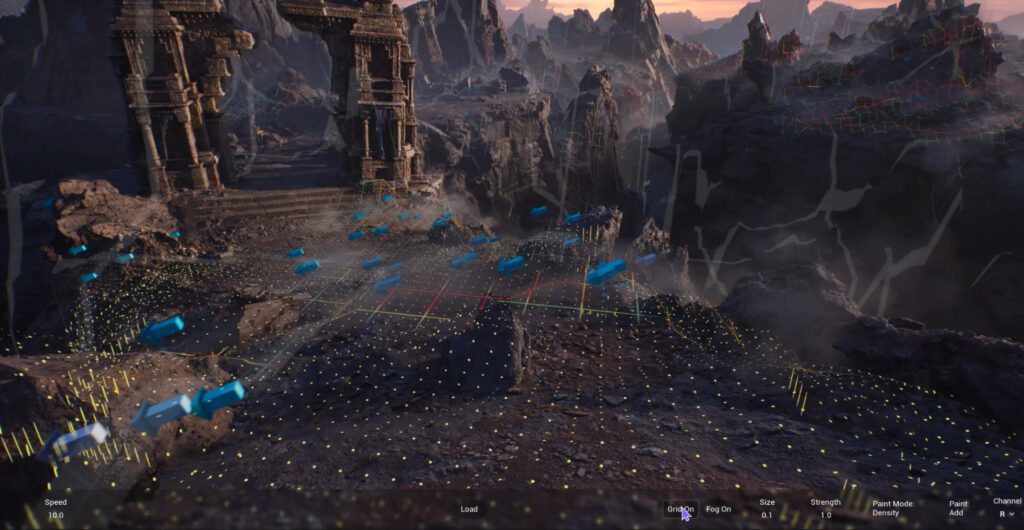Game engines are the software used by developers to create video games. They consist of several components, including a rendering engine, physics engine, input handling, artificial intelligence, audio engine, and user interface. Game engines provide developers with tools to create game assets and program game logic, while handling technical aspects like rendering graphics and managing assets. Popular game engines include Unity, Unreal Engine, and CryEngine, each with their own features and capabilities. Understanding game engines can enhance appreciation for video games and the work required to create them.
The Anatomy of Game Engines: Behind the Scenes of Video Game Creation
Introduction
Video games have continued to gain popularity over the years, with millions of people around the world spending numerous hours playing games. However, have you ever wondered how video games are created? In this article, we are going to take a look at the anatomy of game engines, which is the software that drives video game creation.
What is a Game Engine?
A game engine is a software that provides developers with tools to create video games. It is the foundation of the video game creation process, and a good game engine should provide developers with the necessary features to create games.
The Components of a Game Engine
A game engine is made up of several components, including:
Rendering Engine
Rendering engine is responsible for creating the visuals of a game. It is what makes a game come to life, and without it, a game would not exist.
Physics Engine
The physics engine is responsible for simulating the laws of physics in a video game. This includes gravity, acceleration, and collisions.
Input Handling
The input handling component is responsible for handling the input from the player, such as button presses and mouse clicks.
Artificial Intelligence
The artificial intelligence component is responsible for simulating the behavior of non-player characters in a game, making them act as though they are controlled by a human player.
Audio Engine
The audio engine is responsible for creating and managing the sound effects and background music in a video game.
User Interface
The user interface component is responsible for creating the menus and other interface elements in a video game.
How a Game Engine Works
Game engines work by providing developers with the necessary tools to create games. This includes tools for creating game assets, such as 3D models and textures, as well as tools for programming game logic.
When a game is created using a game engine, the engine takes care of many of the technical details involved in running a game, such as rendering graphics, handling input, and managing assets.
Examples of Game Engines
There are many game engines available today, each with its own set of features and capabilities. Some popular game engines include:
Unity
Unity is a popular game engine that is known for its ease of use and cross-platform support. It is used to create games for a variety of platforms, including mobile devices and consoles.
Unreal Engine
Unreal Engine is a powerful game engine that is used to create some of the most visually stunning games on the market today. It is also highly customizable, making it a popular choice for developers who want to create unique games.
CryEngine
CryEngine is another powerful game engine that is used to create visually stunning games. It is known for its advanced graphics capabilities and is often used to create games with large open worlds.
Conclusion
In conclusion, game engines are the backbone of video game creation. They provide developers with the necessary tools to create visually stunning and engaging games. Whether you are a developer or a player, understanding the anatomy of game engines can enhance your appreciation for video games and the hard work that goes into creating them.
